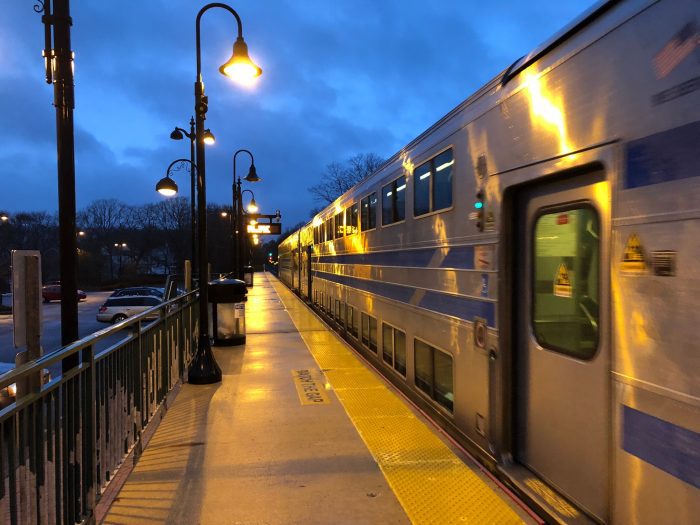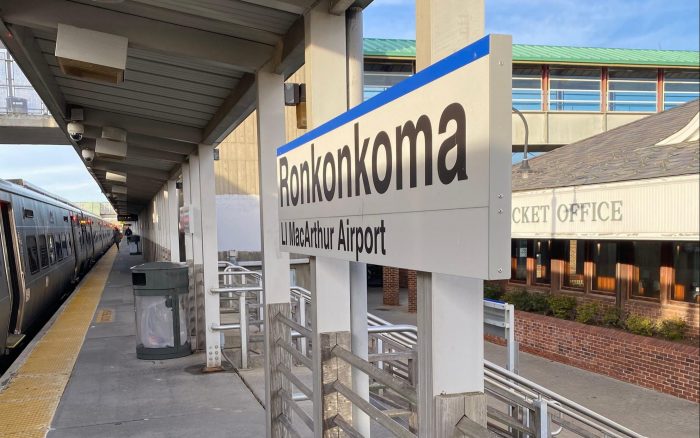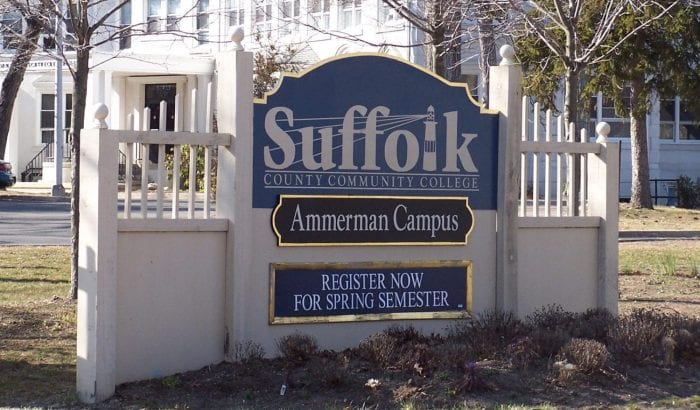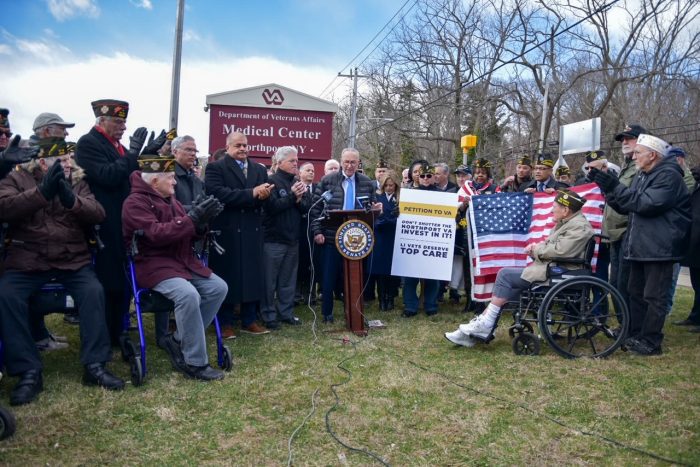A growing divide has emerged between the people of the North Shore and the Long Island Rail Road, and it is time for the local community to bridge this gap.
In board rooms and public meetings throughout this area, local officials today express similar frustrations about their various dealings with this public railroad company.
On Monday night, Port Jefferson Village trustee Bruce Miller described the complications that arose during a recent meeting with LIRR reps as neither party could agree on a common path forward. A day later, Brookhaven and state officials traveled to Stony Brook train station, echoing the decades-old call for the electrification of the Port Jefferson Branch line.
Local elected officials are most familiar and best equipped to handle the plights of their constituents. Yet in communities throughout this area, our leaders are meeting resistance with LIRR, whose leadership changes too often. While LIRR rightly devotes much of its energies to the more heavily traveled Ronkonkoma Branch, the residents of the North Shore pay taxes and have an interest in this company, too.
LIRR officials should be aware of the frequency of riders who travel inland to the main line in the center of the Island. This suggests residents here are rejecting the railways in their own backyard for a longer drive to the train station — albeit a faster and more direct commute into Manhattan. The unintended consequences of this are greater congestion on our roadways and more pollution generated by cars. This burdensome commute impairs our quality of life, costing us more energy and placing unnecessary strain on our physical and mental health.
For decades, the people of this area have asked LIRR to electrify the Port Jefferson Branch. Today, as the cost of diesel fuel surges exponentially due to inflation, this transition is more necessary than ever before. Despite the preponderance of evidence that electrification will reduce air and noise pollution, that it will cut costs for the railroad and the taxpayer, and that it will deliver a better ride for the people of this community, electrification has been nothing more than a pipedream.
There is no better time than right now to electrify the line. With a flood of infrastructure stimulus cash from the federal government, the opportunity is ripe for the taking. We must thank our representatives who are fighting to secure a better ride and remind them to keep applying the pressure.
At some point, LIRR must soon give in and when it does, it will be for the better.














